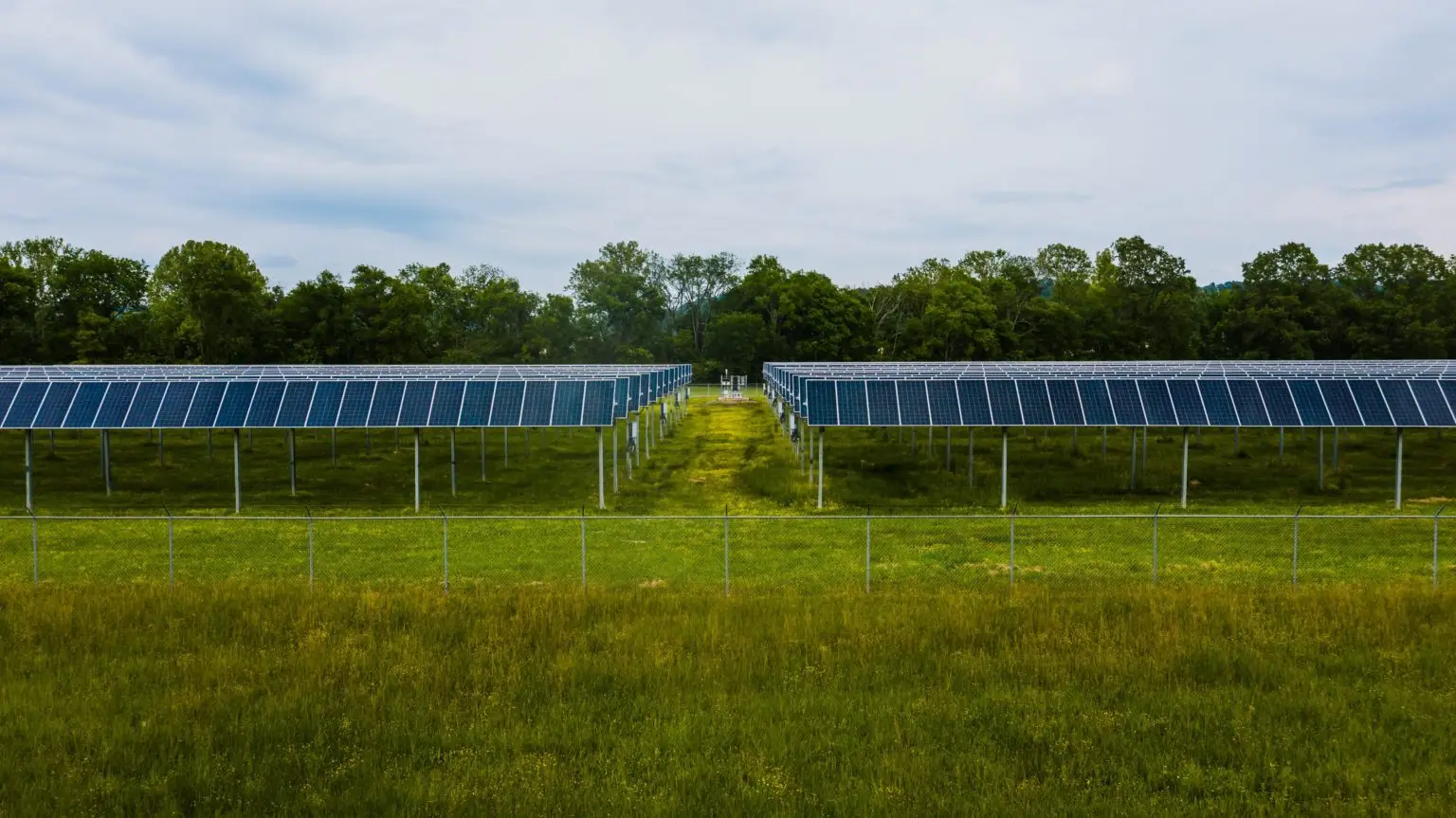Electricity prices reflect the costs involved to build and maintain power plants and the grid. Multiple factors influence these costs, so energy rates fluctuate from state to state, year to year. The year 2021—the last full year on record—saw a 4.3 percent increase in the average price paid by US electric customers.
That number put the price of electricity at 13.72 cents per kilowatt hour (kWh). While 13.72 cents represent a record high, the real price of electricity—adjusted for inflation—was at its lowest level since just before 2006. From 2003 to 2013, the average price of a kilowatt of electricity increased from 8.72 cents to 12.16 cents.
Between the year 2000 and now, energy costs experienced an average of 4.09 percent in inflation each year. This rate is significantly higher than the overall inflation rate of 2.39 percent each year, at least up to this period of rapid inflation. Experts expect a similar trend to continue through 2022, with the average nominal price of electricity projected to rise 3.9 percent, to 14.26 cents per kWh.
What Influences Energy Costs?
Several factors impact energy costs, among them weather. A severe winter storm in Texas knocked out power in much of the state in 2021. Severe cold increased energy demand, while freezing wind turbines. Because of the harsh cold, the increased demand and limited energy supply caused electricity prices to spike for many customers in Texas and elsewhere.
Throughout much of the Southwest, drought and extreme heat are impacting energy usage and cost. Such extreme weather increases demand for heating and cooling, and the increase in energy demand can push fuel prices higher. Rain and snow drive low-cost hydropower, and wind can drive low-cost electricity generation when conditions are favorable. As weather events become more extreme, conditions will be less favorable for generating energy, and energy costs will be impacted.
How Does Fuel Influence Energy Rates?
Fuel prices also influence electricity prices. Periods of high demand for natural gas and petroleum may impact electricity prices, particularly in remote parts of the country like Hawaii and villages in Alaska. Transmission and distribution are added costs that impact energy pricing. These systems require construction and maintenance, including repairing damage from extreme weather events and fortifying cybersecurity.
Renewable energy represents one strategy for keeping energy prices down and is experiencing a positive trend. In the first half of 2022, renewables accounted for 24 percent of electricity, up from 10 percent in 2010. The proliferation of community solar has added to that equation, making solar more readily available to more residents. Because community solar does not require customers to purchase solar panels, customers can benefit from clean, less expensive energy than they’d get from their conventional energy providers.
In all, electricity pricing remains subject to a number of variables, some of which stakeholders can control. However, there remain uncontrollable influences on pricing that are both intermittent and continuing. The trend over the past fifteen years has been that rises in energy pricing have been paced with inflation. Extreme weather events and the rise of renewable energy are continuing impacts on the cost of electricity.







